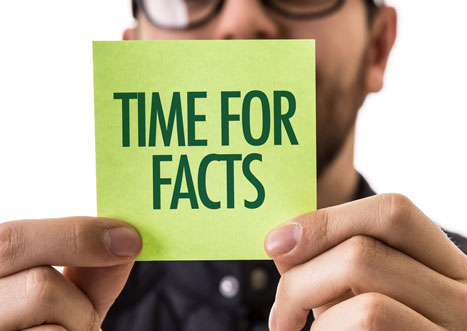10 Home Heating Facts You Should Know
February 12, 2019
Heating a home can be expensive, especially in the middle of a Minnesota winter. There’s no better time to appreciate the modern convenience of home heating systems. No matter what type of furnace you use—gas, oil, electric, or wood—you may benefit from these 10 home heating facts and tips and learn something fun along the way!
- The word “furnace” originates from the Latin word “fornax,” which means oven.
- Rome was the first civilization to use a type of warm-air system to heat buildings. Called a “hypocaust,” this system used smoke and heat from fires underneath the flooring of villas to warm tile floors and public baths.
- While Roman central heating systems may have been one of the first to apply the concept that “heat rises,” there’s an actually scientific term for the principle: Stack Effect. It has to do with the relationship between indoor and outdoor air density. Air buoyancy causes heat to rise and cold air to sink.
- These days, most homes use gas furnaces as their primary heating system. The first municipally-owned natural gas company opened in 1836 in Philadelphia. Now called Philadelphia Gas Works, it’s the largest public gas system in the U.S.
- Depending on the price of natural gas, heating oil, and propane, your heating bill may fluctuate from year to year. The U.S. Energy Information Administration (EIA) predicts that home heating bills in the U.S. will be slightly higher this year.
- The older your furnace, the less efficiently it runs and the more stress is put on your heating system. A typical furnace lifespan is between 15 and 20 years, but that lifespan can be drastically reduced if you neglect regular maintenance.
- A six-room house collects up to 40 pounds of dust in a year. Without a clean and properly working filter, your furnace will overheat, compromising your energy bill and indoor air quality. You can maximize the life of your furnace by scheduling regular maintenance and changing your filter.
- Humidity affects indoor air quality, too. Regardless of the temperature on your thermostat, dry air will feel colder, and moist air will feel warmer. In the winter, consider installing a whole-house humidifier so your home feels more comfortable in cold temperatures.
- You can also use the natural temperature of the earth’s surface to heat your home with geothermal heating, an underground system that circulates water in pipes to absorb heat from the warm soil. Heat pumps then transfer the energy into warm air for your home. This underground system comes with tax credits and reduces emissions up to 72 percent and energy costs up to 50 percent.
- With physics, scientists have produced temperatures more severe than the heat we see in the natural world. The hottest man-made temperature was recorded at the Brookhaven National Laboratory in New York: 7.2 trillion degrees Fahrenheit, 250,000 times hotter than the center of the sun!
It’s amazing how many natural and mechanical ways we can harness energy into heat to live comfortably and advance science. We’re here to help you make decisions that will save you money and deliver peace of mind when the price of heating fuel rises and the temperatures plummet. Hanson’s Plumbing & Heating provides tips for how to heat your home efficiently and offers 24/7 emergency HVAC services throughout central Minnesota. Contact us to learn more.

 Subscribe
Subscribe Subscribe
Subscribe


Leave a Reply
You must be logged in to post a comment.